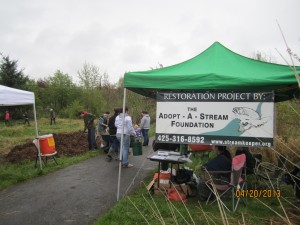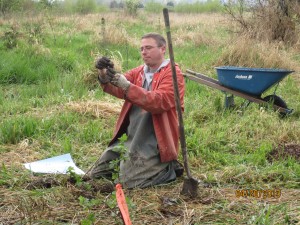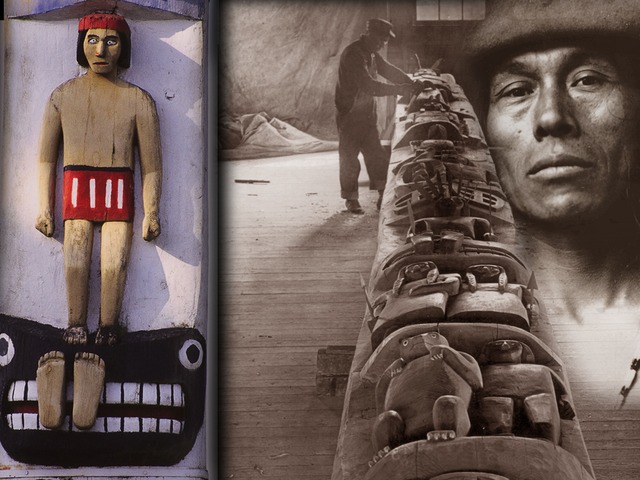Correct disposal helps prevent unintentional poisonings
Source: Snohomish County Health District
SNOHOMISH COUNTY, Wash. –Unintentional poisonings are at a record high in Snohomish County. The most recent information shows that in 2011 the number of such poisonings affected 150 county residents– more than triple the 46 reported in 2000. You can help reduce the chance of unintentional poisonings by disposing of your unwanted medicines on National Drug Take-back Day, April 27 at multiple locations in Snohomish County.
“Unintentional poisonings frequently involve prescription drugs,” said Dr. Gary Goldbaum, Health Officer and Director of the Snohomish Health District. He said they not only harm people, but improperly discarded drugs can also harm the environment when they enter septic systems and household trash.
To help protect the public’s safety and health, area law enforcement agencies and Bartell Drug will participate in National Drug Take-back Day, Saturday, April 27 at sites throughout the county. Find locations and hours on the Health District’s website, www.snohd.org, or call 425.388.3199. The sites accept unused, expired and unwanted prescription drugs, including narcotic painkillers and other medications.
All police departments in the county have drop-boxes available year-round, Monday through Friday, including the NCIS office at Naval Station Everett, the Washington State Patrol office in Marysville, and tribal police stations on the Tulalip and Stillaguamish reservations. Additionally, two Group Health locations and many Bartell Drugstores accept unwanted vitamins, pet medications, over-the-counter medications, inhalers and unopened EpiPens year-round.
Only law enforcement locations can accept controlled substances, such as Ativan and OxyContin. Leave all items in their original containers.
The Saturday drug-return hours support the US Drug Enforcement Agency’s “National Drug Take-back Day,” through participation by the Snohomish County Partnership for Secure Medicine Disposal. Partnership members include the Snohomish Health District, Snohomish County, the Snohomish County Sheriff’s office, the Snohomish Regional Drug and Gang Task Force, the Washington State Patrol, and all local law enforcement agencies.
Established in 1959, the Snohomish Health District works for a safer and healthier Snohomish County through disease prevention, health promotion, and protection from environmental threats. Find more information about the Health Board and the Health District at http://www.snohd.org.
Drop-Off Locations and Hours
The Snohomish County Partnership for Secure Medicine Disposal provides residents with secure medicine drop-off locations year-round. The hours listed below are for the Saturday, April 27 National Drug Take-back Day.
City: Arlington
Time: 10 am – noon
Location: Arlington Police Department
110 East Third Street
Arlington, WA 98223
City: Edmonds
Time: 10 am – 2 pm
Location: Edmonds Police Department
250 Fifth Avenue North
Edmonds, WA 98020
City: Everett
Time: 8 am – Noon
Location: Everett Police Department – North Precinct
3002 Wetmore Avenue
Everett, WA 98201
City: Lake Stevens
Time: 10 am – 2 pm
Location: Bartell Drugs (hosted by Lake Stevens Police Department)
621 SR 9 NE
Lake Stevens, WA 98258
City: Lynnwood
Time: 8 am – noon
Location: Lynnwood Police Department
19321 44th Avenue West
Lynnwood, WA 98036
City: Lynnwood
Time: 10 am – 2 pm
Location: Home & About Home Care (hosted by Snohomish Regional Drug & Gang TF)
15121 Hwy 99
Lynnwood, WA 98087
City: Marysville
Time: 9 am – 1 pm
Location: Marysville Police Department
1635 Grove Street
Marysville, WA 98270
City: Mill Creek
Time: 9 am – 1 pm
Location: Snohomish County Sheriff – South Precinct
15928 Mill Creek Blvd
Mill Creek, WA 98012
City: Mountlake Terrace
Time: 10 am – 2 pm
Location: Mountlake Terrace Police Department
5906 232nd Street SW
Mountlake Terrace, WA 98043
City: Snohomish
Time: 8 am – noon
Location: Snohomish Police Department
230 Maple Avenue
Snohomish, WA 98290



















